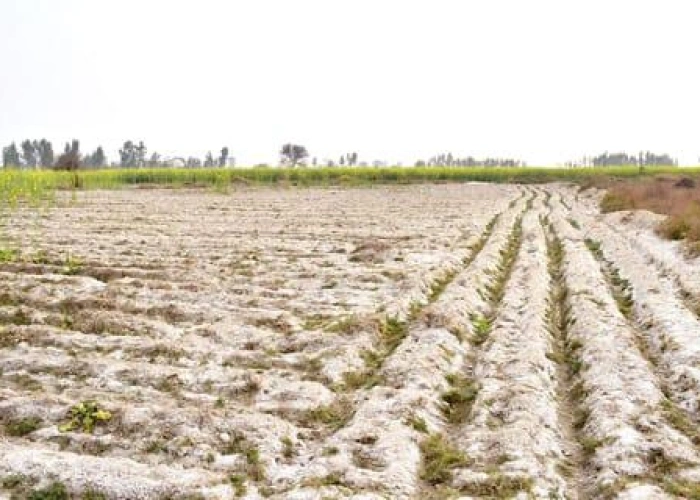Restoration and preservation of Pannonic salt lakes and salt steppes of European significance

The project is focused on unique ecosystems within Austria’s Natura 2000 site, “Neusiedler See - Nordöstliches Leithagebirge” (AT1110137), which is home to one of the largest continuous inland salt regions in Central Europe.
The site features the priority habitat “Pannonic salt steppes and salt marshes (1530*)” in all its natural forms, spanning 3,676 hectares, with over 80% located within the Neusiedler See - Seewinkel National Park. The project will directly affect 1,258 hectares.
Over the past 160 years, the number of soda lakes has dropped from 139 to 48 (a decrease of 66%), and the water surface has shrunk from 3,614 to 656 hectares (a decrease of 82%). The current conservation status of the 1530* habitat is “unfavourable – bad”, both in terms of its overall status and future prospects.
This habitat type is significantly affected by the extreme summer temperatures and dryness characteristic of the Pannonian climate. The soil’s salt content is a result of high groundwater evaporation during the summer. These habitats are partly natural and partly the result of cattle grazing. The halophytic vegetation includes plant communities found on dry salt pans and periodically flooded salt lakes.
The Pannonic salt steppes and salt marshes (1530*) habitat type is of particular conservation interest in Europe due to its unique nature, rarity, and the threat it faces as isolated occurrences. This endangered habitat can still be found in Eastern Austria, near Lake Neusiedl, specifically within the Natura 2000 site “Neusiedler See – Nordöstliches Leithagebirge”. In the past decades, however, it has been increasingly lost due to degradation.
The degradation and breakdown in the intricate life cycle of salt habitats are primarily due to a decrease in groundwater levels. This impedes the salination processes and leads to further, often irreversible, degradation. The large-scale drainage for agriculture and settlements, along with groundwater abstraction for agricultural irrigation, have resulted in lower groundwater levels.
In some soda lake basins, dense clusters of Reed (Phragmites australis) have formed as a consequence of degradation, reduced salt content, and lack of grazing. The management and elimination of reed beds is a crucial step in the restoration of salt marshes and soda lakes. These issues have resulted in an unfavourable conservation status for the priority habitat 1530*.
Once the degradation process crosses a certain threshold, restoration becomes unfeasible, leading to the permanent loss of Pannonian soda lakes, salt marshes, and salt steppes.
The project primarily targets the “Seewinkel-Hauptkanal” or “Seewinkel main channel”, a drainage construction that significantly affects soda lakes, salt marshes, and alkaline steppes by reducing the groundwater level. It also flushes saline water from the region by providing a constant outflow to a system of originally endorheic basins.
By addressing the issue at its source, the project aims to improve the conservation status of the salt habitats.